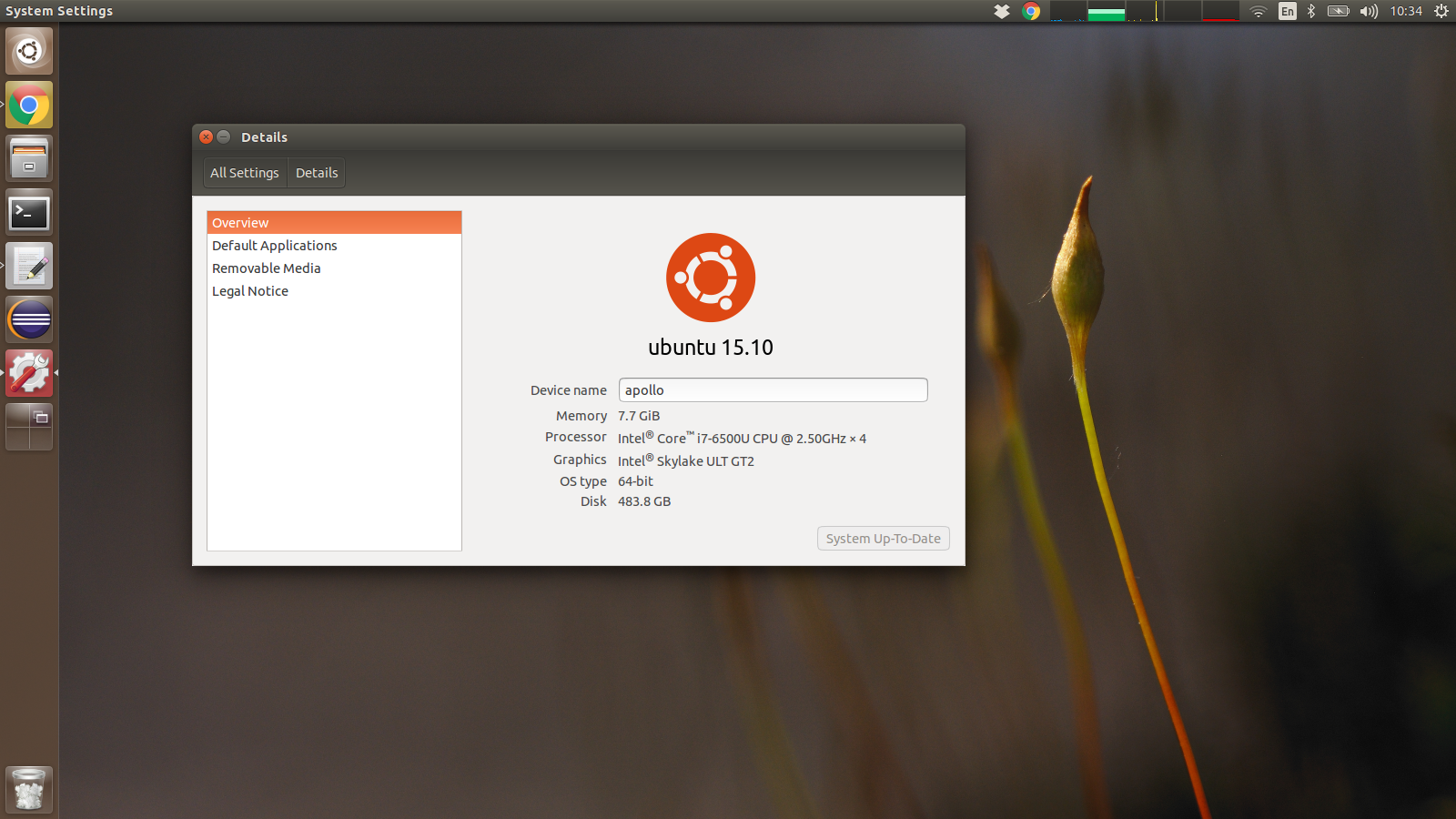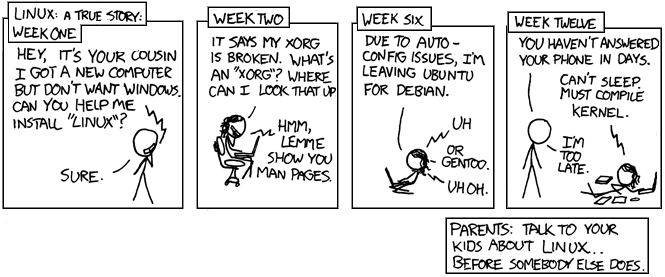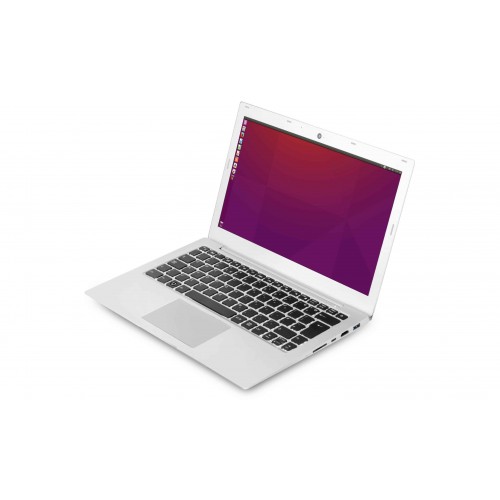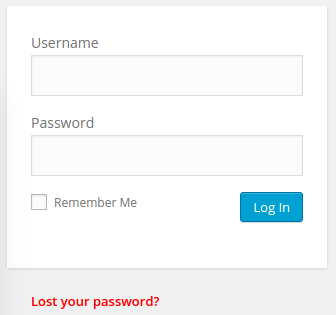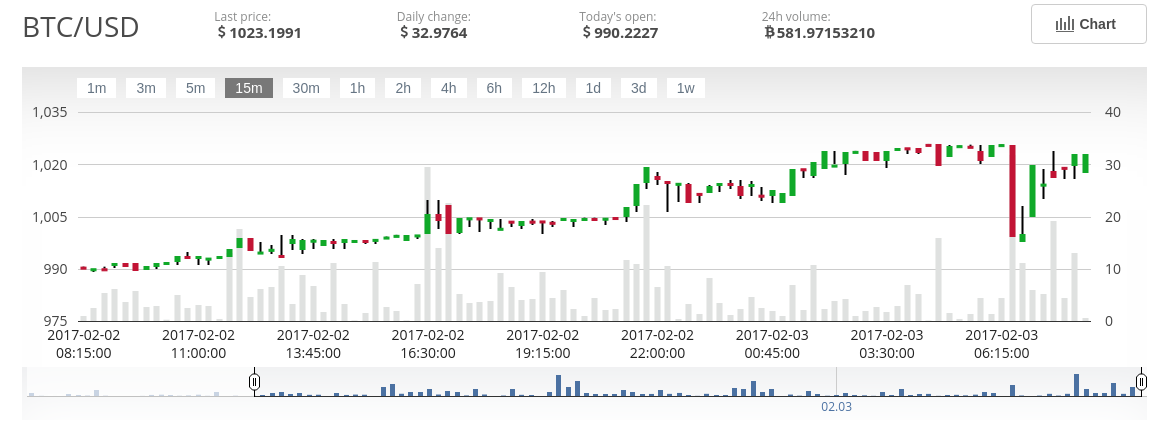
BTC over 1000$ ATM. Graph from CEX.io
This is a very first guest post for this blog, which is written by Mary Ann Callahan.
Mary is an expert on Bitcoin-related topics, she is working as a Journalist at Cex.io – cryptocurrency exchange. She works on articles related to blockchain security, bitcoin purchase guides or bitcoin regulations in different countries.
She sent me an email asking if my readers could be interested in bitcoins matters, and I said that was totally a possibility, given that I’ve written about bitcoin myself. After few days, she came back to me with a very nice article, which I’m very happy to present to you. Happy reading.
Bitcoin’s impressive rally in the second half of 2016
The start of the year has been very exciting for bitcoin investors. On January 1 st the cryptocurrency surpassed the $1,000 mark for the first time in three years and inched close to its 2013 all-time high of $1,183.59, according to CEX.io.
The aggressive rally that lasted from September of last year to the beginning of January saw the price of bitcoin increase from $600 to over $1,000. The reasons for bitcoin’s impressive rally in the second half of 2016 was due to an accumulation of factors including a weakening Chinese Yuan, increased demand in emerging markets, most notably India, and general bitcoin-positive sentiment in the media.
As China is the biggest market for bitcoin, with over 90% of bitcoin trading volumes occurring on China’s three biggest exchanges BTCC, OKCoin, and Huobi, bitcoin has developed a negative correlation with the value of the Yuan. When the Yuan weakens, bitcoin strengthens as Chinese investors move money into the digital currency and out of their local currency, and vice versa when the Yuan strengthens.
Another big driver of bitcoin’s rally has been the bitcoin boom in India. Ever since Prime Minister Narendra Modi prohibited the circulation of high denomination rupee notes and announced that he wants India to become a cashless society, the demand for bitcoin started to soar. Indian bitcoin exchanges, Unocoin, Zebpay, and Coinsecure have experienced a strong surge in user sign ups and a jump in bitcoin trading volumes since India’s surprise currency reform in early November.
The bitcoin rally was further fuelled by bitcoin-positive news in the media, which has been largely focussed on the hype around its underlying technology, the blockchain. Commercial industries across the board have acknowledged that they can benefit from adopting the distributed ledger technology to reduce costs and inefficiencies as the blockchain provides an excellent system to securely store and transfer data of any kind. The blockchain-positive media coverage has also helped to improve bitcoin’s tarnished reputation and has shone a better light on the cryptocurrency.
Volatility came back thanks to Chinese regulators in early January
After an uninterrupted sharp four-month rally, bitcoin investors received a harsh reminder of how volatility the cryptocurrency actually is when the price of bitcoin dropped from its three-year high by around 25% within a week after news emerged that the Chinese regulator wants to take a closer look at China’s largest bitcoin exchanges and issued a public warning to Chinese citizens about the risks of investing in bitcoin. From January 6 th to January 12 th , the price of bitcoin dropped from $1,153.86 to $768.63 according to BitcoinAverage.
The strengthening of the Yuan and concerns about the Chinese regulator imposing strict bitcoin-unfriendly rules on the three largest bitcoin exchanges in the world caused investors to sell their coins and proceed with more caution. However, it didn’t take long for the price of bitcoin to recover and trade back above the $900 mark.
Some bitcoin experts drew a comparison between the rally of 2013 and the recent rally in bitcoin.
However, the big difference between then and now is that the bitcoin ecosystem has grown much stronger and bigger and there is much more faith in the future of the cryptocurrency. This has helped the price of bitcoin to stay firm despite the negative headlines out of China.
As regulators of the major bitcoin-relevant economies have so far taken a positive or neutral stance towards bitcoin, there is no reason to expect the appreciation of bitcoin’s value to stop increasing anytime soon. Demand for the digital currency as both an investment and as a transactional currency is increasing around the world and so is the infrastructure supporting it.
Unless China drastically changes its view on cryptocurrencies or imposed harsh restrictions on its exchanges, the price of bitcoin should continue to increase in 2017.
All prices were taken from BitcoinAverage.com.


